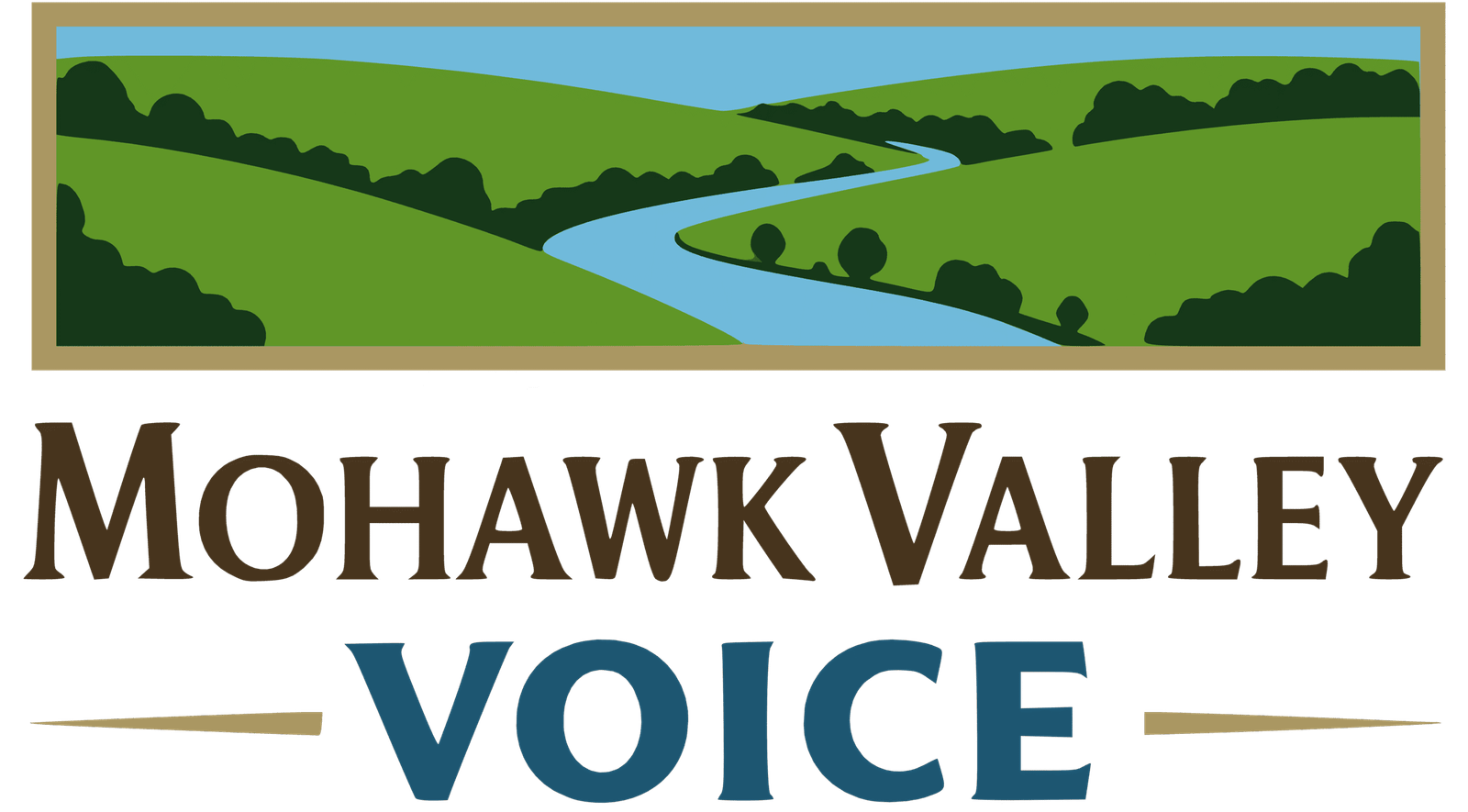Your Voice, Your Health: Why Oneida County’s New Health Survey is a Critical Tool for Democracy
By David LaGuerre
It arrives quietly, often as a link in a news article or a post on a county website: a request to take a survey. In our busy lives, it is easy to dismiss these calls for input as just another bureaucratic exercise. But the Community Health Assessment (CHA) survey currently being conducted by Oneida County is something far more significant. It is a direct and powerful tool for civic engagement, a chance for every resident to shape the policies that affect our well-being. This is not just about checking boxes; it is about exercising your voice in a process that determines where millions of dollars in resources will go and what our community’s priorities will be for the next three years. In a healthy democracy, this is how the public sets the agenda.
What is the Community Health Assessment and Why Does It Matter?
On July 7, 2025, Oneida County Executive Anthony J. Picente Jr. announced the launch of the 2025 Community Health Assessment survey, a joint venture between the Oneida County Health Department, Mohawk Valley Health System (MVHS), and Rome Health. The survey is open to all county residents aged 18 and older, is available in English and Spanish, and takes only about 10 minutes to complete. It will remain open until August 8, 2025.
The purpose of this survey is to “check the pulse of our community,” as Picente stated, and to gather a comprehensive snapshot of our collective health status, needs, and resources. This is not just an academic exercise. The data collected is used to create a Community Health Improvement Plan (CHIP), a long-term, systematic blueprint for addressing public health problems. This plan, guided by the survey results, dictates where resources are allocated, what programs are funded, and what issues become the focus of our local health agencies and their partners.
To see the direct impact of this process, we only need to look at the last assessment cycle. The 2022-2024 CHIP identified four key priority areas based on community feedback: mental health, chronic disease prevention, substance use, and maternal/child health. The fact that mental health became a top priority was no accident; it was a direct result of the survey data, in which nearly 62% of respondents identified it as a significant problem that needed to be addressed. This demonstrates a clear, evidence-based link: what the community says matters, and institutions respond.
Connecting the Dots: How Your Survey Answers Shape the Mohawk Valley
It can sometimes feel like our individual opinions are lost in the noise of public discourse. The CHA survey, however, provides a structured pathway from personal experience to public policy
From Survey Response to Public Policy
Consider the questions on a sample survey, which often ask residents to rate their satisfaction with services related to issues like “affordable housing and homelessness prevention” or “mental health disorders”. When a significant portion of the community expresses dissatisfaction with the availability of affordable housing, it creates a data-driven mandate for action. This public pressure is a key factor in securing funding and political will for projects like “Impact Utica,” the recently completed $101 million initiative that preserved and created 167 units of affordable and public housing.
Similarly, when the community identifies mental health as a crisis, it strengthens the case for innovative solutions. In Utica, this has translated into the expansion of the Crisis Response Team, a partnership that pairs specially trained police officers with mental health clinicians to provide a co-response to certain 911 calls, ensuring that individuals in crisis receive appropriate care rather than a purely law enforcement reaction. These programs do not materialize in a vacuum; they are born from an identified need, and the CHA is one of the most important tools for identifying that need.
The Importance of Community Engagement
At its core, this process is about the principle of community engagement. Public health experts and organizations like the Centers for Disease Control and Prevention (CDC) recognize that health initiatives are most effective when they are shaped by community voices and delivered through trusted channels. Without direct input from the people they serve, health systems and government agencies are simply guessing. They risk creating programs that miss the mark, fail to address the most pressing needs, or are met with distrust by the very communities they are intended to help.
The CHA survey is a formal, democratic mechanism for preventing that disconnect. It ensures that the lived experiences of residents—struggles with finding a family doctor, concerns about youth substance use, the need for better senior services—are translated into quantitative data that policymakers cannot ignore. It builds trust by showing that institutions are listening, and it empowers citizens by giving them a direct stake in the outcome.
A Call to Participate: Why Your 10 Minutes Matter
It is easy to be cynical. It is easy to believe that one person’s survey responses will not make a difference. But the evidence from past cycles proves otherwise. The priorities of our county’s health department and its major hospital systems are directly influenced by this data. When thousands of residents take 10 minutes to share their concerns, it creates a powerful, collective voice that is impossible to dismiss.
Participating is simple. The survey can be taken online, and paper copies are available for those who need them.
- Online Survey: The survey can be accessed on the Oneida County website or directly at rmsresearch.welcomesyourfeedback.com/s/OneidaCountyCHA.
- Paper Copies: To request or submit a paper copy, you can call the Oneida County Health Department at 315-798-6400 or email publichealth@oneidacountyny.gov.
This is your opportunity to help shape the future of our community. Do not let it pass by. Your voice, your health, and your community depend on it. Take 10 minutes today to be a part of the solution.
We encourage you to share this article and the survey link with your friends, family, and neighbors. The more people who participate, the stronger our collective voice becomes.




